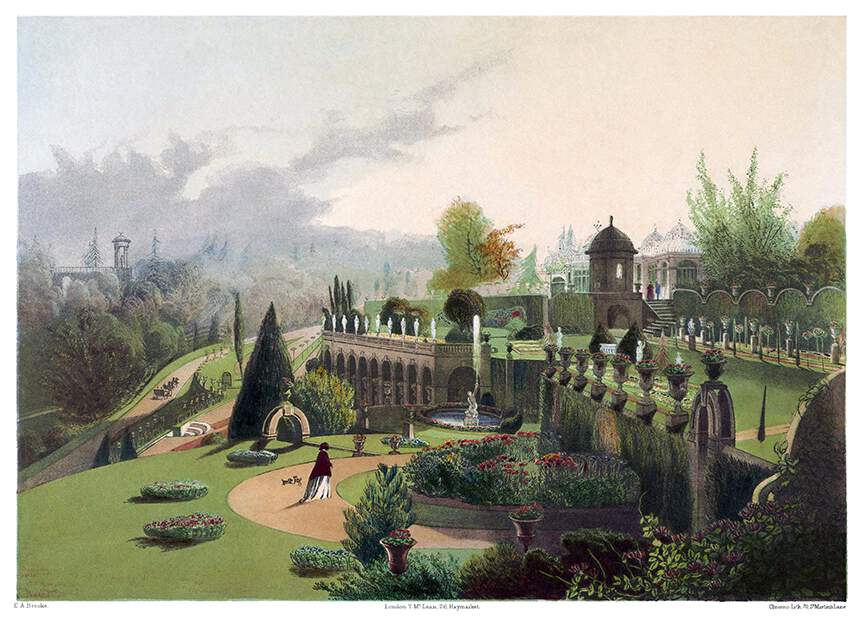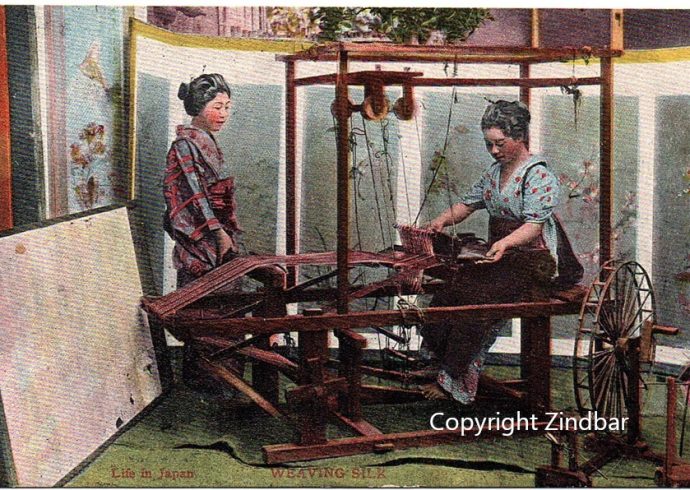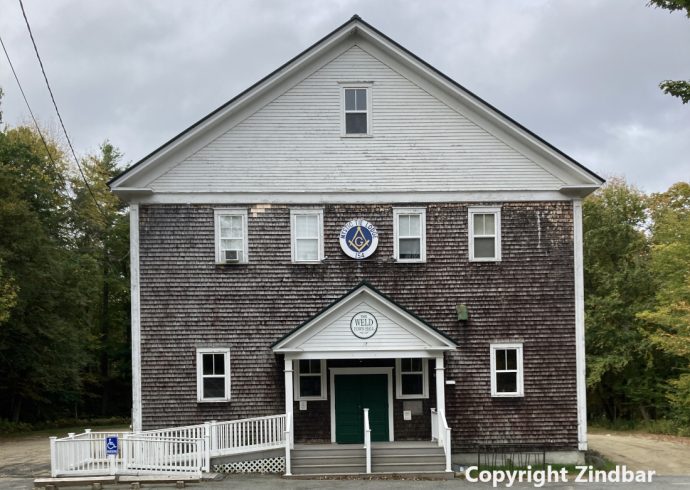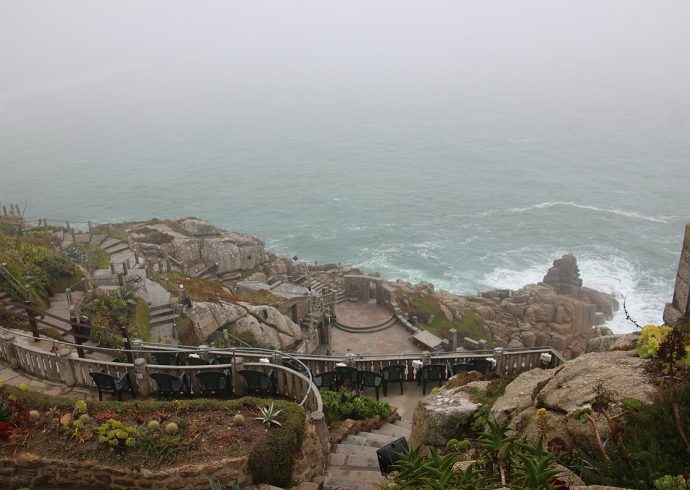
Present day Alton Towers Gardens is home to the largest theme park in the United Kingdom, but in the nineteenth century, was a major tourist destination for its mansion built by the Earl of Shrewsbury and extensive ornate structures and gardens, all situated upon the highest land table in Staffordshire. On three sides of this land table is the Churnet valley and the fourth side, a strip of land extending from the Mooreland hills flanked by a deep ravine. The Churnet River lies south of this land table, flowing through the region. Built in 1801 by Charles Talbot, the 15th Earl of Shrewsbury, the mansion which served as his new country house was built in the Gothic architectural style. While the mansion expanded over the years due to contributing architects, it was the gardens full of exotic trees and plants from all over the world which drew visitors from many countries.
Starting in 1860 the 18th Earl of Shrewsbury held public events throughout the year in order to help raise funds to refurbish parts of the mansion, and by 1890, Alton Towers Gardens became open to the public full time. A small entrance fee was required of visitors before they could enter the gardens when they officially opened. Like many botanical gardens of today, the Alton Towers gardens requested visitors to not disturb the plant life, thus encouraging the healthy growth of the plants and trees. During the late nineteenth through early twentieth centuries special visitor groups such as church groups and temperance societies arranged visits to the gardens.
What stands out particularly to the visitor of these gardens is the number of different architectural styles of the many structures. Gothic, Roman, Grecian, Asian, Egyptian, combined with conservatories are interspersed throughout the gardens and multiple terraces. These structures include a flag tower, which is part of the mansion structure, a replica of Stonehenge, Grecian alcoves, a pagoda, temples, and Harper’s Cottage. With regards to the flora, some of the most exotic plants and trees from around the world were planted: Lebanon cedar, pine trees from California and Mexico, Irish yew trees, Indian rhododendrons, roses of many varieties, a lime tree, a vegetable garden, fruit trees, and many other flowers able to thrive in England’s climate. It should be noted that the Alton Towers Gardens as they existed by 1890 were the culmination of fifty years work. Walkways throughout the many gardens allow the visitor to fully appreciate what Alton Towers has to offer, and a “fairy garden”, or spot of wilderness, was maintained, with heath, whortleberries, bog myrtles, ferns, mosses, sweet briar, ivy, hemlocks, and spruce firs. Alton Towers also has water gardens, and many works of sculpture to be appreciated by those who are fortunate enough to stroll through the gardens.
A rather extensive article describing the Alton Towers gardens appears in The Derby Mercury dated September 2, 1857; another article in Manchester Weekly Times and Examiner, dated August 21, 1852 mentions in detail the entrance to the gardens. A Gothic style gateway leads to the open lawns in front of the mansion where a fountain is surrounded by rhododendrons. The pagoda itself has a fountain which disperses water from the top. The garden is home to a number of alcoves, temples, statues and fountains along with sculpted evergreens, geraniums, and Asiatic shrubs. By the mid to late 1800’s the mansion was open to guests when family members were home, a living house museum. A private chapel occupied the land. One of the inner gardens housed a stone chair covered in ivy which was planted by Lord Shrewsbury.
By of 1874, a professional gardener by the name of Campbell, a resident of Newport, Rhode Island, was hired by the Earl of Shrewsbury to be the main gardener at Alton Tower Gardens, according to The Brooklyn Daily Eagle, August 18, 1874. No stranger to Alton Towers, Campbell originally began as a foreman on the property, under the guidance of his uncle. After observing the horticultural aesthetics that Campbell produced after briefly returning to America, it is no wonder the Earl wanted his services back in demand. It is no surprise that Americans who travel to England as tourists during the late nineteenth century and early twentieth century choose Alton Towers as a destination, and not just to enjoy the gardens but also the events held there, such as outdoor music recitals, picnics, and games.
Today, Alton Towers is primarily visited for its amusement park rides such as the world-famous The Smiler roller coaster, but for those who wish to experience the glorious historical past of the Shrewsbury estate can do so.
Image Credit: Edward Adveno Brooke, from the book “The Gardens of England”, published by London: T. Mc. Lean, n.d. [1858]. The Smithsonian Libraries, The Internet Archive


